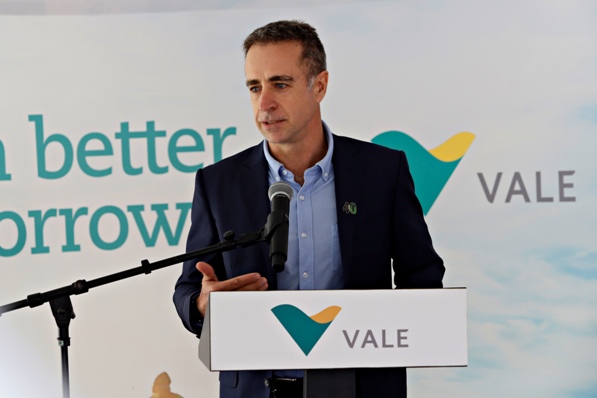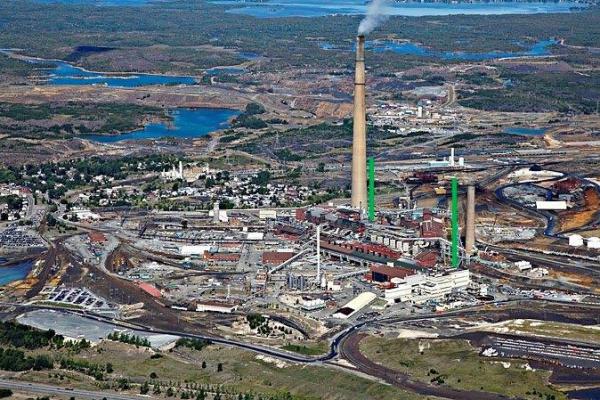With Goldcorp betting hundreds of millions of dollars on the future of its new Borden Lake gold mine project near Chapleau, the federal government has chipped in with $5 million to show its faith in the project and others like it.
CHAPLEAU – With Goldcorp betting hundreds of millions of dollars on the future of its new Borden Lake gold mine project near Chapleau, the federal government has chipped in with $5 million to show its faith in the project and others like it.
Federal Natural Resources Minister Amarjeet Sohi toured the new mine facility on Monday with Goldcorp officials and technical representatives of the mining equipment manufacturers who are working to make it the first all-electric underground mine in Canada, which is considered a major environmental improvement for the mining industry.
























